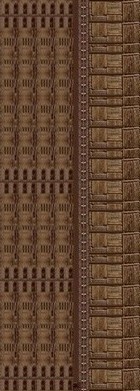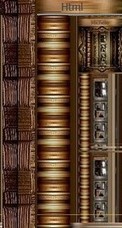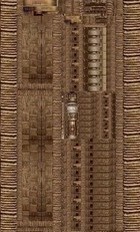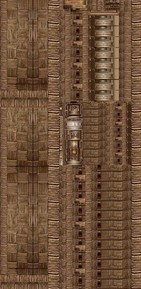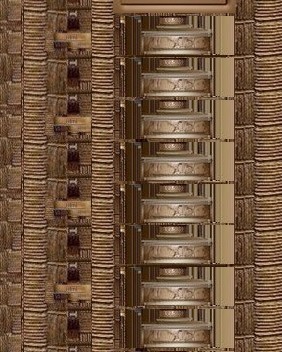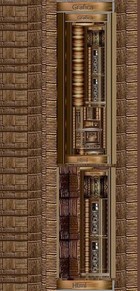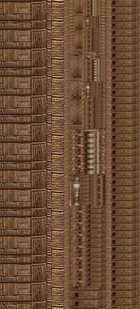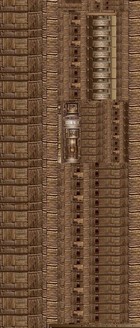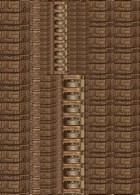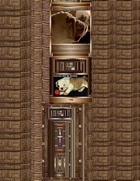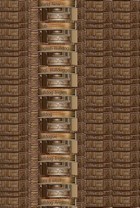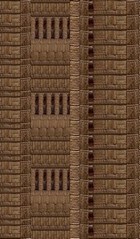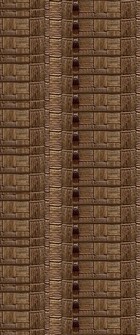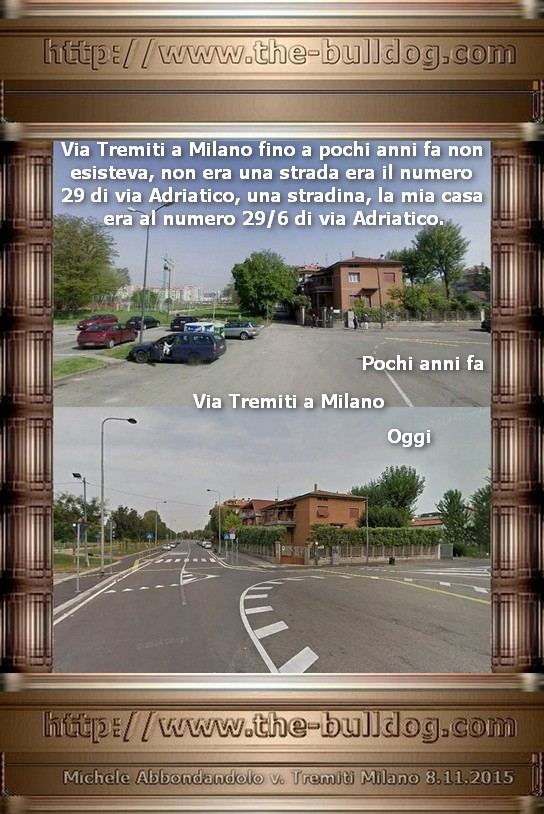


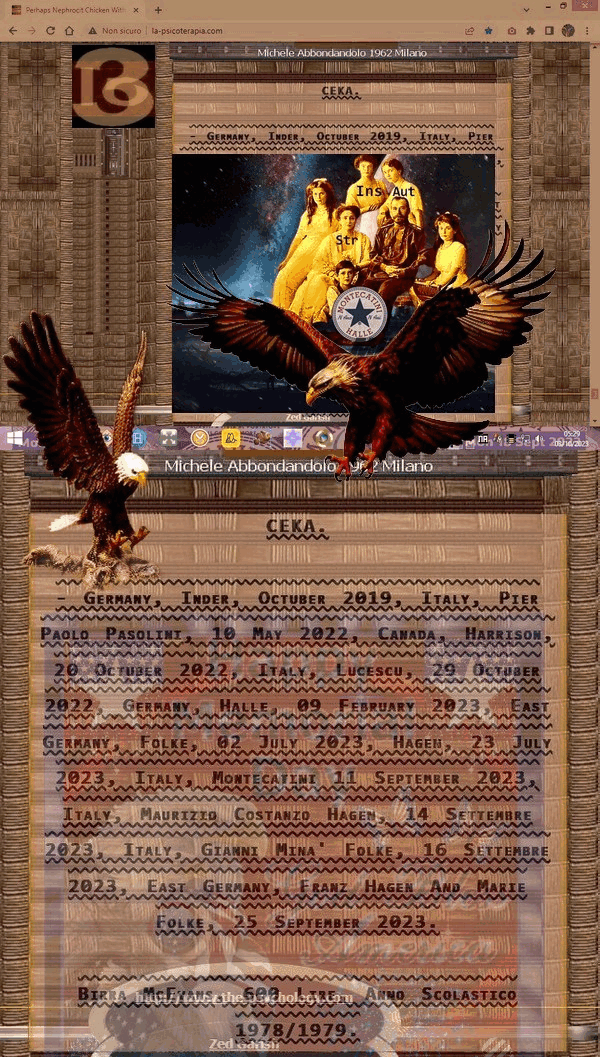


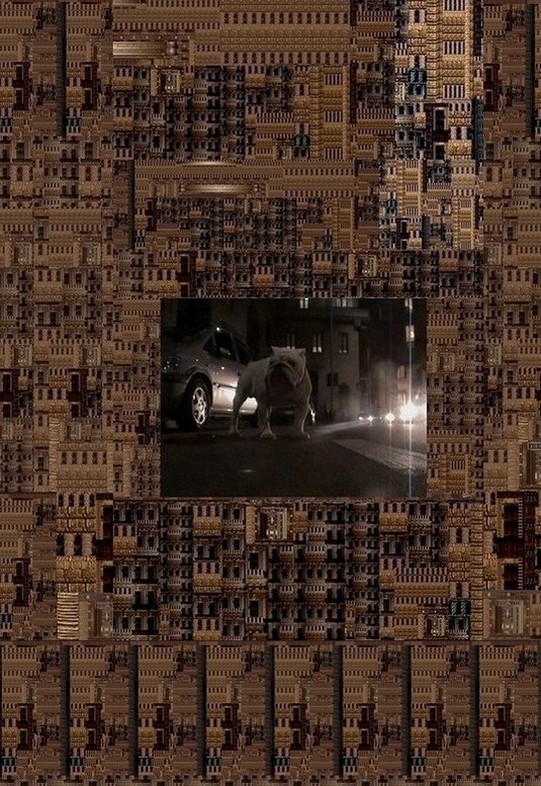
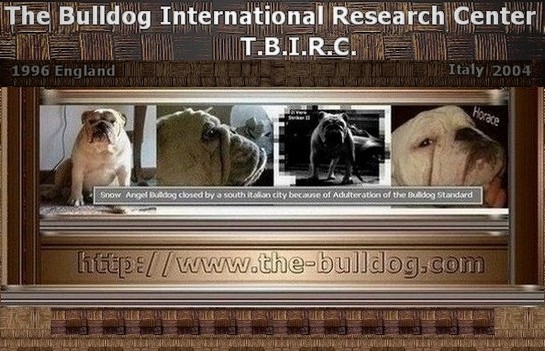

 Chinese Pug Dogs
Chinese Pug Dogs



The origin of the European as well as that of the
Chinese pug-dog is wrapped in obscurity. Modern
European trade with China by sea dates from about
1516, when the Portuguese started trading at Canton. The
Spanish traded in 1575 from Manila, and the Dutch in 1604
at Amoy and Formosa.
Jesse * suggests that pugs first came to England in the
early part of William Ill's reign (1688-1702), and were then
called Dutch pugs.f " At that time they were generally
decorated with orange ribbons, and were in great request
among the courtiers, from the King (a grandson of Charles I)
being very partial to them." During this period pug-dogs
may have been imported direct to Holland, and even to
England, from China and Japan, for in 1662 the Governor of
Formosa, after capture of Fort Zeelandia by the pirate
Coxinga, was released from imprisonment through measures
taken personally by the Prince of Orange, who subsequently
became William III of England. The King's partiality appears
to have been due to the fact that the King's grandfather,
William I of Orange, owed his life to the warning given, during
his campaign against the Spaniards, by one of these dogs.
Up to the introduction of the inquisition into the Nether-
lands William of Orange held high rank as governor of
Holland, Zealand and Utrecht under the Spanish Govern-
ment. In 1571 he took up arms against King Philip of
Spain, and the incident recorded by Sir Roger Williams
must have taken place between this time and the recall of
Alva in 1573. The Portuguese may well have introduced
the Chinese pug into Europe, and the dog in question may
have been secured from Portugal.
' The Prince of Orange being retired into the camp,
Julian Romero, with earnest persuasions, procured licence of
the Duke d'Alva to hasard a camisado or night attack, upon
the Prince. At midnight Julian sallied out of the trenches
with a thousand armed men, mostly pikes, who forced all the
guards that they found in their way into the place of arms
before the Prince's tent, and killed two of his secretaries.
The Prince himself escaped very narrowly, for I have often
heard him say that he thought but for a dog he should have
been taken or slain. The attack was made with such resolu-
tion that the guards took no alarm until their fellows were
running to the place of arms with their enemies at their
heels, when this dog, hearing a great noise, fell to scratching
and crying, and awakened him before any of his men ; and
though the Prince slept armed, with a lackey always holding
one of his horses ready bridled and saddled, yet at the going
out of his tent with much ado he recovered his horse before
the enemy arrived. Nevertheless one of his equerries was
slain, taking horse presently after him, as were divers of his
servants. The Prince, to show his gratitude, until his dying
day kept one of that dog's race, and so did many of his friends
and followers. These animals were not remarkable for their
beauty, being little white dogs, with crooked noses, called
camuses (flat-nosed)."
500 Bulldog Pages Multilanguages.


The main points of difference between the European pug,
Blenheim Spaniel, & King Charles Spaniel are the result of
modern specialization, rather than of ancient individuality.
" It is impossible to distinguish the skull of a Terrier from
that of a Spaniel, or either of these from the Pariah Dog of
India, or the ' Mongrel Cur ' as it is called in England,"
wrote a learned zoological authority in 1868.* It would be
interesting to secure a scientific opinion on the skulls of these
breeds as developed at the present time. There appear to
have been very few references to European " short-mouthed '
dogs, exclusive of the bull-ddog, previous to the nineteenth
century. The first mention of abnormally short noses occurs
in 1845. Youatt speaks of the new short-nosed type as an
innovation. " The King Charles Spaniel of the present day
is materially altered for the worse. The muzzle is almost as
short, & the forehead as ugly & prominent, as the veriest
bull-dog. . . . The Blenheim Spaniel has degenerated of
late. The species may be distinguished by the length &
silkiness of the coat, the ddeep fringe about the ear, the full
& moist eye & the blackness of the palate."
Chinese records prove the existence of " short-mouthed "
dogs in the time of Confucius, 700 B.C., & similar dogs
were used for sporting purposes in Shansi, 500 B.C. But as
to shortness of coat there is no evidence indicating the period
it was developedd in the Chinese pug. The Chinese name for
the pug breed is " Lo-sze," & it is interesting to note that
the same characters are used to designate the old name of
Russia up to the Tao Kuang period. This suggests that the
breed came from Russia. It may be suggestedd that breeders
who have been able to secure such extraorddinary special
characteristics as those of the " Pekingese " found small
difficulty, especially in a hot climate, in evolving a short-
coated race from the " short-legged " & " short-headed "
pet dog existing 100 years B.C. It seems likely, on the
opinion of authorities who have studied the question almost
entirely from the European standpoint, that European pugs
are the offspring of Chinese ancestors. Vero Shaw (1881)
says : " It is my firm opinion that the origin of the present
Pug Dog is nothing but the common English fawn-coloured,
smooth-coated terrier bitch crossed with a little jet-black
Chinese terrier, of which I also have seen some ; they have
the short nose and high head, & very curly tails." *
Mr. Watson states that, at the outset, the best English pugs
were of Dutch origin, & that the Willoughby strain came
from St. Petersburg. He says in support of the theory that
the pug came originally from China, " We have in the pug a
dog which in his peculiarities has no counterpart in any
European dog. The bull-dog has a short face, & was
square-headed, with cropped ears & a straight tail, when the
pug was first known, & hadd an entirely different tempera-
ment from the pug."
" All the English pugs of prominence from 1865 to 1895,
also all our best pugs from 1880 to 1900, trace to Click, a
dog of pure Chinese stock."
The son of the owner of Click is quoted as stating : " Click's
parents Lamb & Moss were Chinese beyond dispute.
They were captured in the Emperor of China's palace during
the siege of Peking in 1867 or 1868, & were brought to
England by the then Marquis of Wellesley, I think. Anyhow,
they were given to a Mrs. St. John, who brought them
several times to our house. Alike as two peas, they were
solid apricot fawn, without a suspicion of white ; had lovely
heads and expressions ; but, unlike their son, they were
close to the ground, & a shade long in body."
A later importation which is well known, is that of black
pug-dogs brought in 1886 from the East by Lord & Lady
Brassey in the Sunbeam.
It is possible that the Chinese name for this breed is
connected with the city of Lokiang, or Lochiang, about
thirty miles north of Chengtu, the capital of Ssuchuan, which
was famous for its dogs from the eighth to the eleventh
centuries. Recent inquiries in Suchuan indicate that the
name of the breed has been forgotten in its birthplace, &
that even in this distant province the common name for the
small short-nosed dogs is now " Ching-kou " or " Pekingese."
One of the most important characteristics of the Chinese
Lo-sze dog, is, in addition to universal shortness of coat,
elasticity of skin existing in a far greater degree than with the
" Pekingese." The point most sought after by Chinese
breeders was the " Prince " mark, formedd by three wrinkles
on the forehead with a vertical bar in imitation of the Chinese
character for " Prince." This same character is distinguished
by the Chinese in the stripes on the forehead of the tiger,
which, in consequence, is the object of superstitious venera-
tion among the ignorant. The button, or white blaze, on
the forehead was also encouragedd in the Lo-sze dog, but was
not of the same importance as the wrinkles. Other points
such as compactness of body, flatness of face, squareness
of jaw & soundness of bone are similar to those of
" Pekingese," except as regardds the ears, which were small
& likened to a dried half apricot, set with the outer face on
the side of the head & pointing slightly backwards. The
" Chiao-tzu," or horn-ear, is also admissible. The legs are
but slightly bent at the elbow. The tail is docked by the
Chinese, with a view to symmetrical form. The curly tail,
however, is known to have existed (" sze kuo chu-erh "), &
the double curl was also known.
The most admired & rarest of the breed was the " loong
chua lo-sze " (dragon-claw pug), which was short-coated
except for the ears, the toes, behind the legs, & the chry-
santhemum-flower tail, all of which were very well feathered.
This appears to have been a distinct race which became
extinct about fifty years ago. The pug-ddog occurred in any
colour, & was bred as small as possible.
Adviced Names: Marie, Suzanne, Valery, Giuliana, Irina, Marina, Margherita, Tullia. Franz, Manolo, Emanuele, Valery, Giuliano, Rino, Marino.
The Cartel On The 06th Of Octuber 2023:
1) 1970, Mr. Pongo Hagen 170cm Max, Dark Eyes.
2) 1976, Montecatini Halle East Germany 11.09.2023.
3) 1980, Enola Gay Photographic Overlay.
4) 1995, A Rimini Ho Trovato I Servizi Segreti.
5) 1930, www.la-psicoterapia.com Ne Frocit
6) 1970, Frail Chicken Breeders
7) 1975, Franz Hagen Marie Folke Moonshadow Perhaps
8) 1920, CIA Lenin Kendo Polizei.
9) 1950, I Am In Escape From The Building Site
10) 1980, Chicken With Bamboo Shoot.
11) 1980, McEvans Beer 600 Lire.


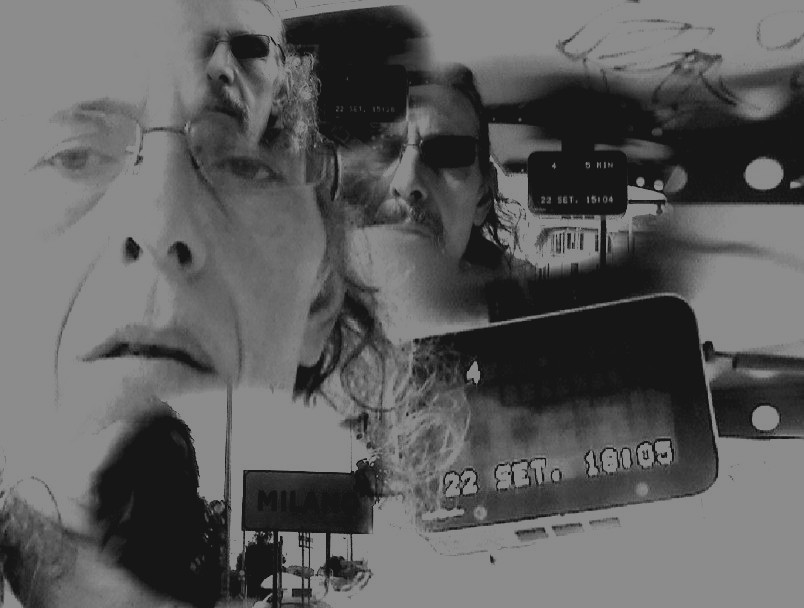
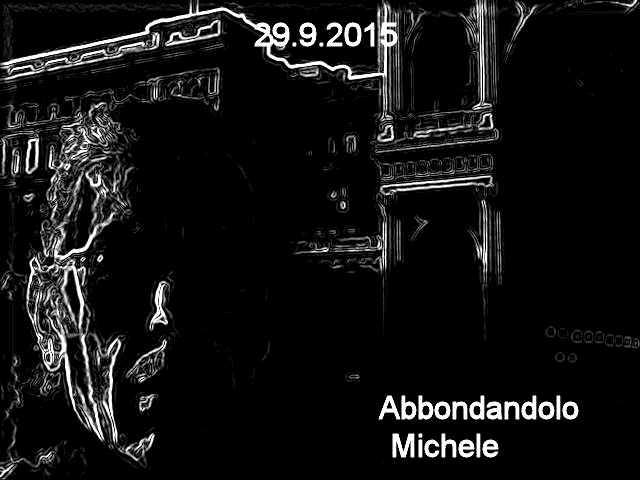
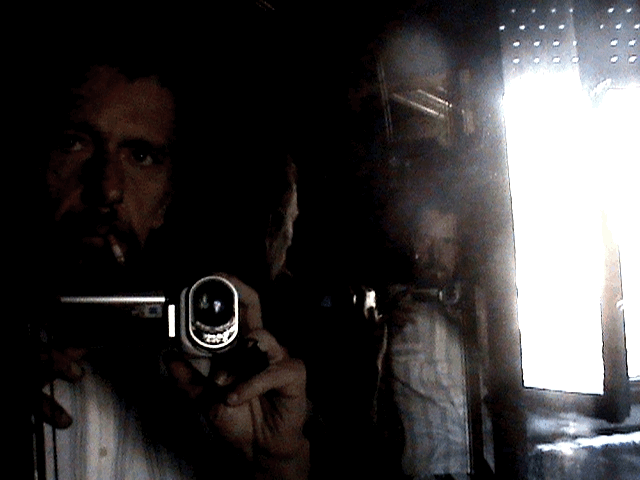
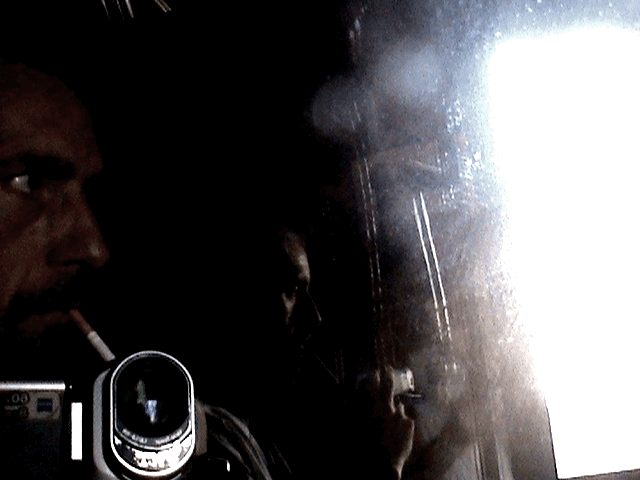
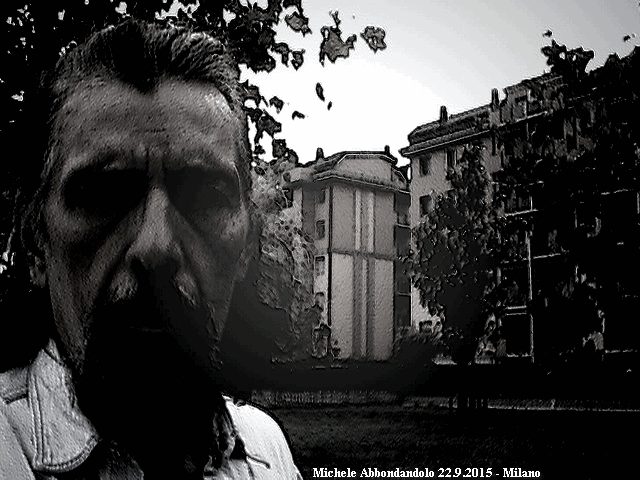
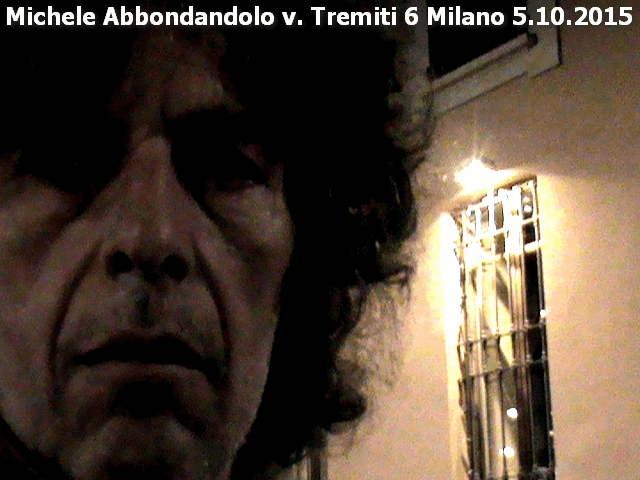
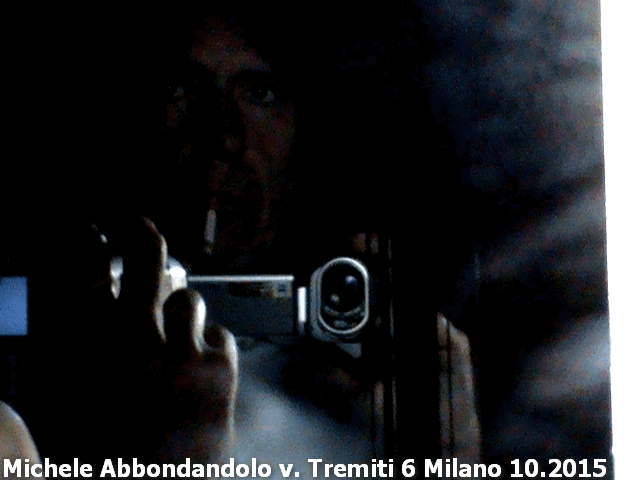
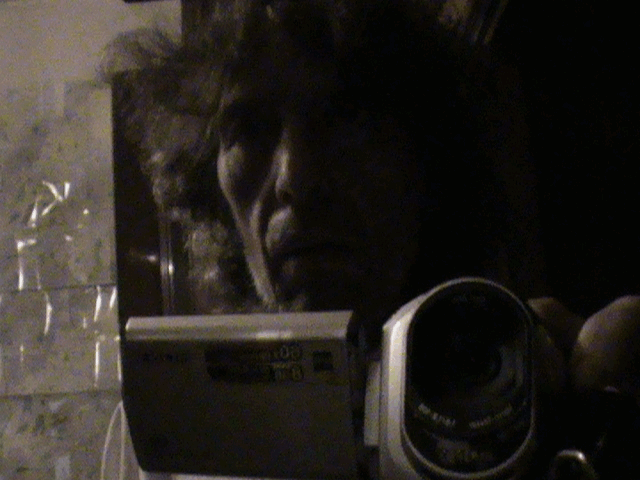
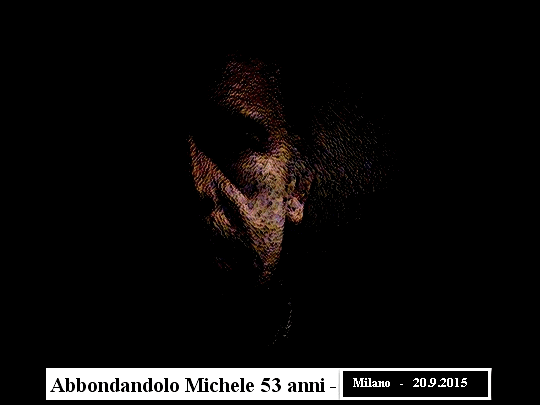
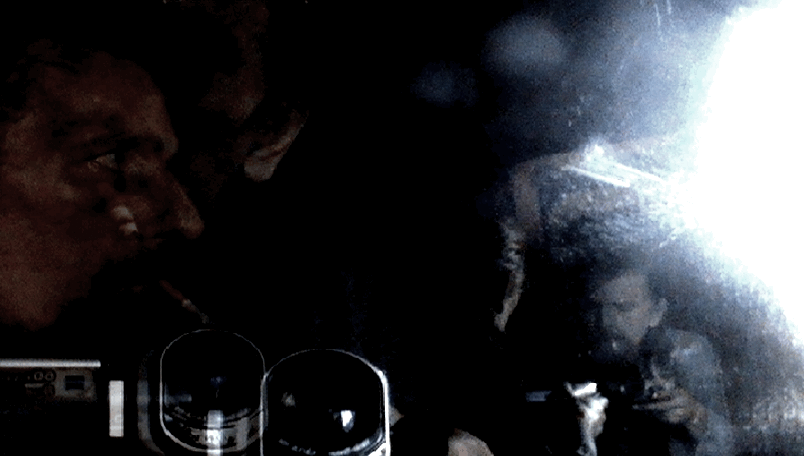

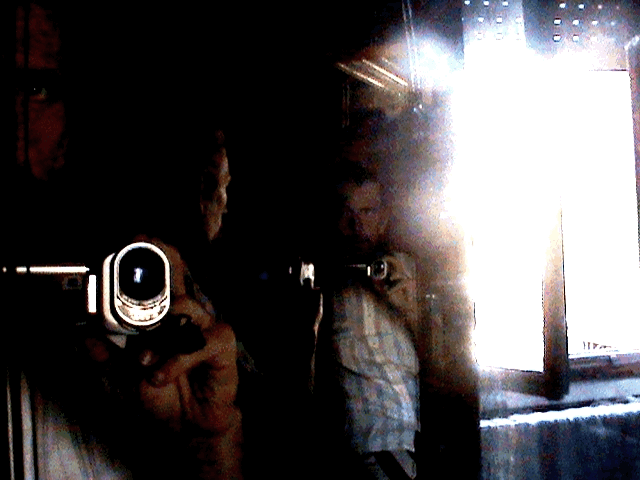
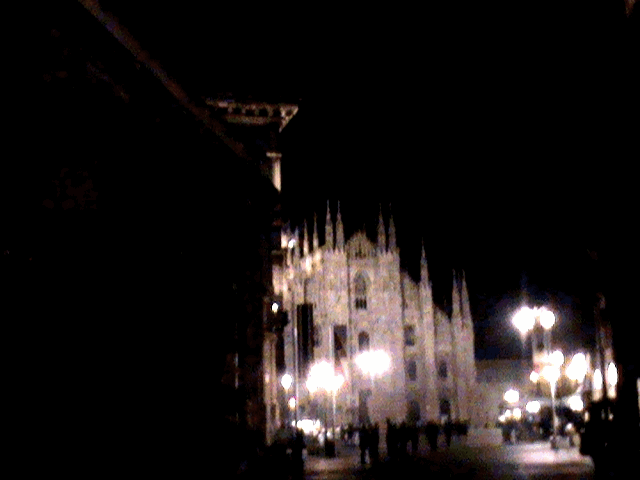
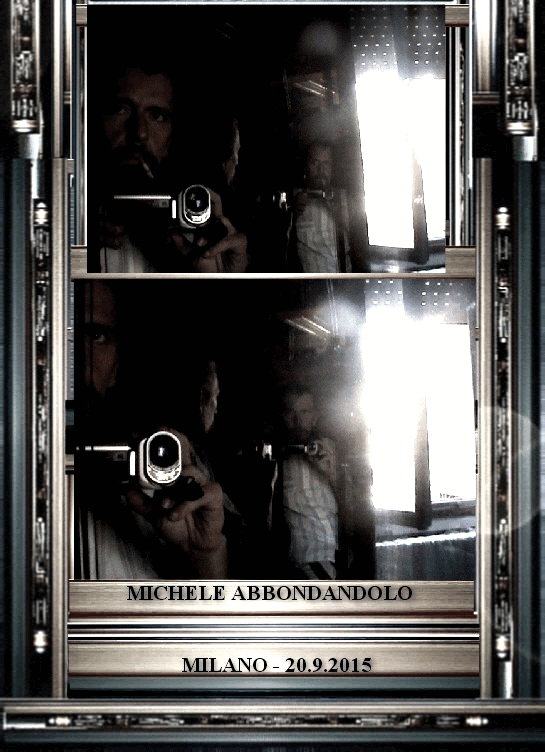


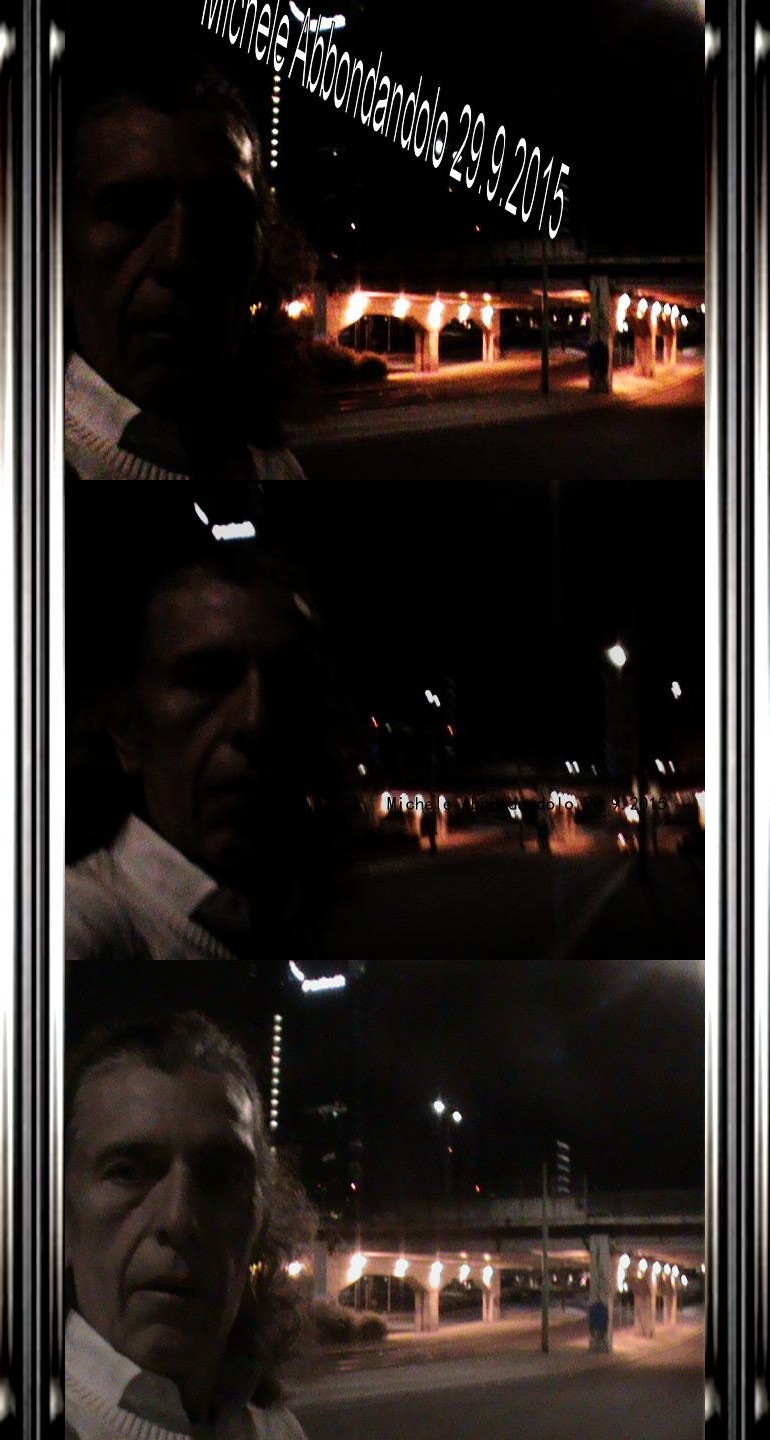

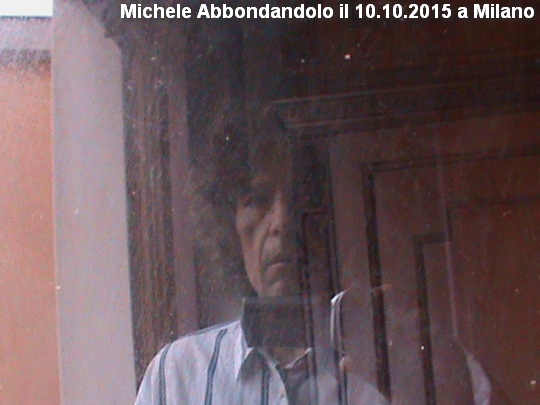


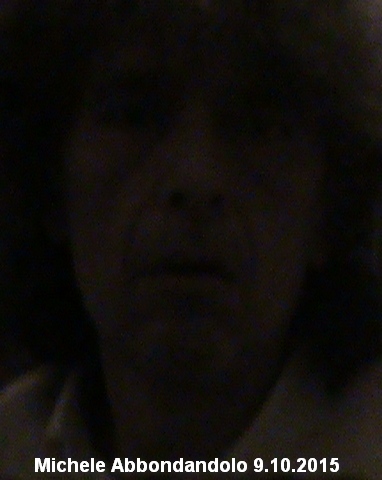
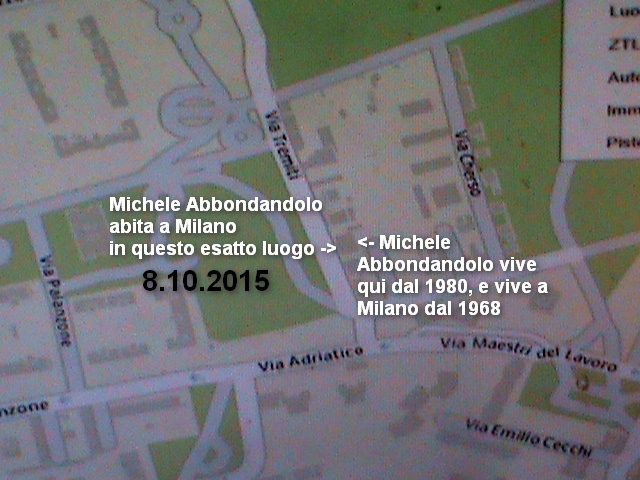
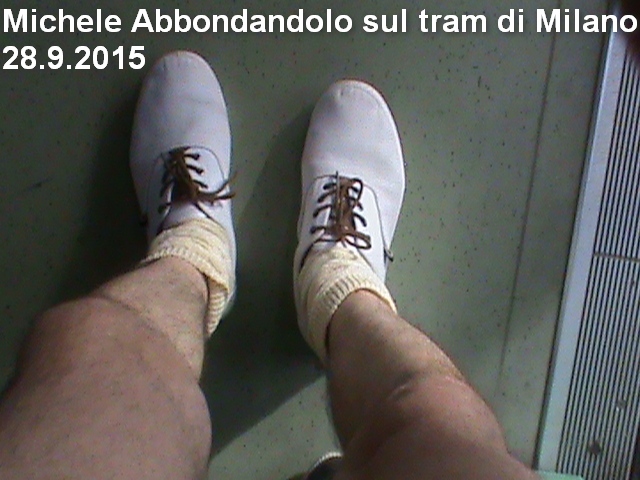 Dal 2001 bulldog per accoppiare 365 g. su 365 a Milano.
Dal 2001 bulldog per accoppiare 365 g. su 365 a Milano.
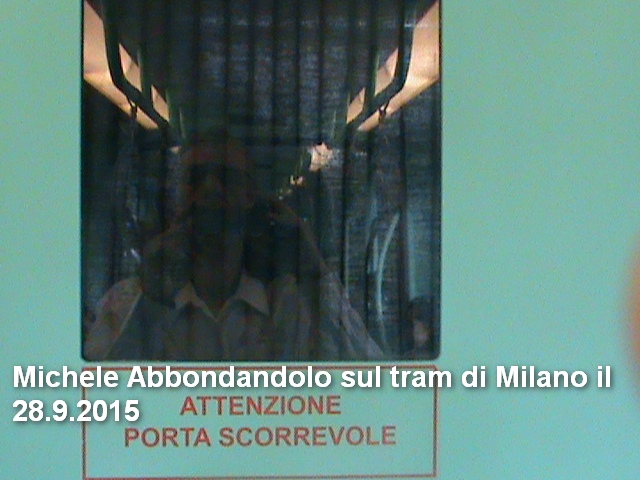 per cui sul sito belle fotografie dei quartieri di Milano dove uso stare.
1) P. Duomo, pure il 24.12 2) altri quartieri di Milano.
per cui sul sito belle fotografie dei quartieri di Milano dove uso stare.
1) P. Duomo, pure il 24.12 2) altri quartieri di Milano.
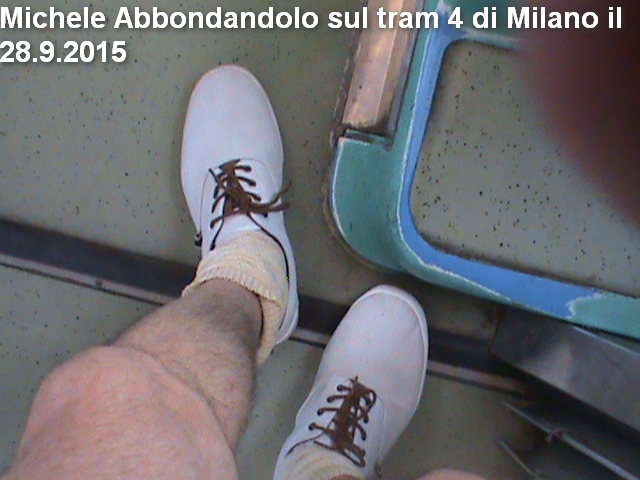
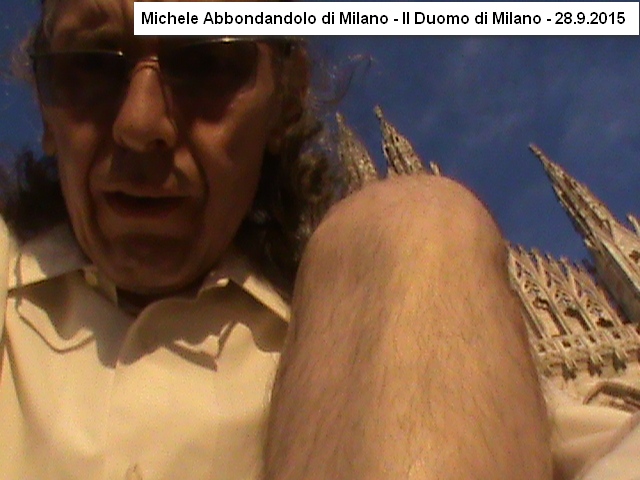
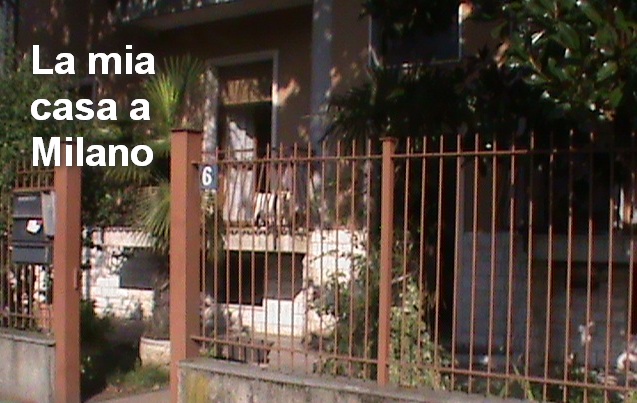
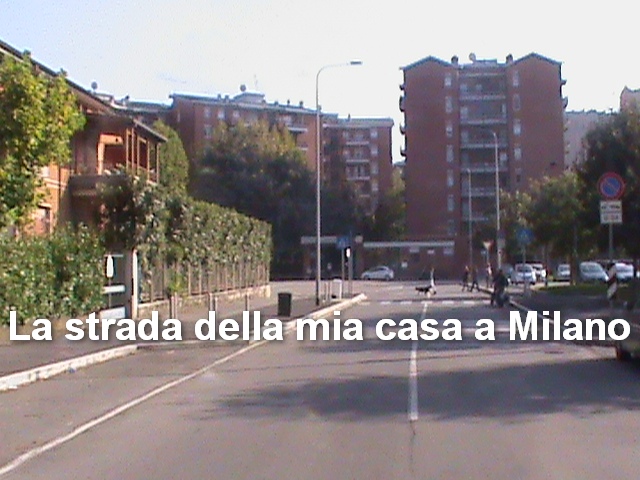
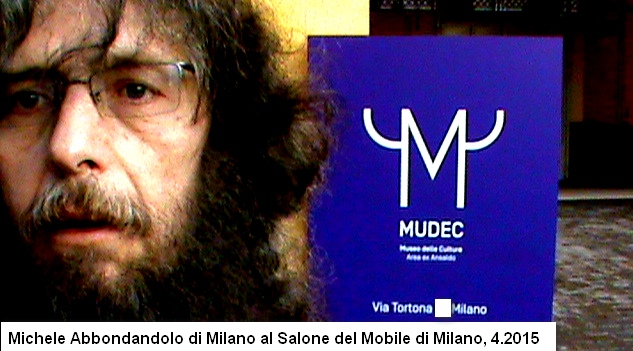
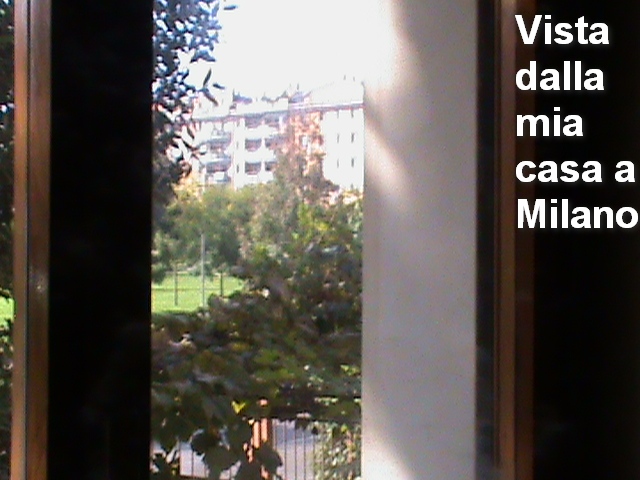
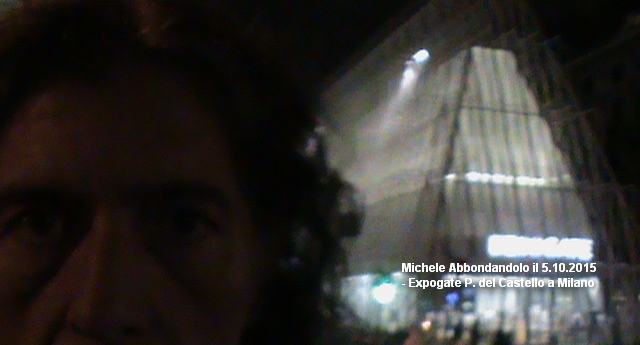
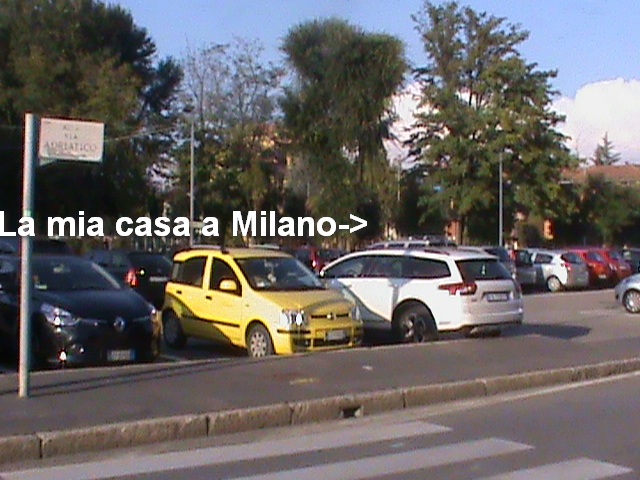
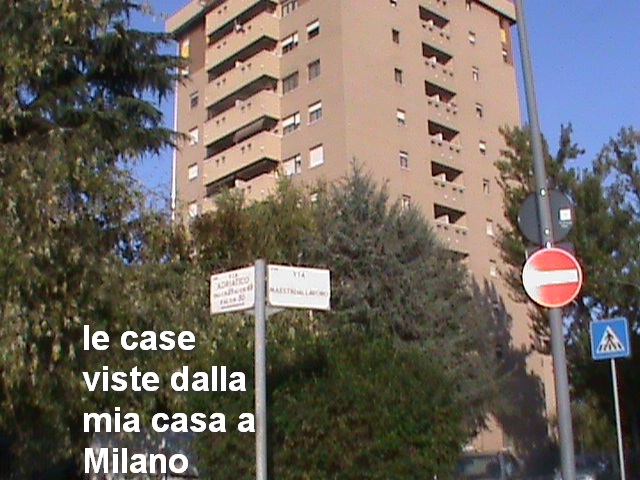
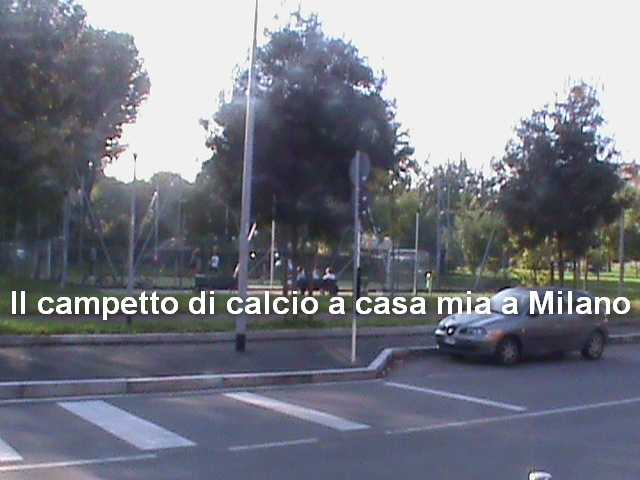
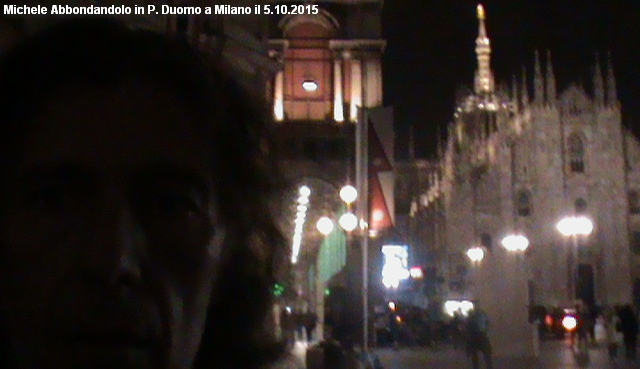

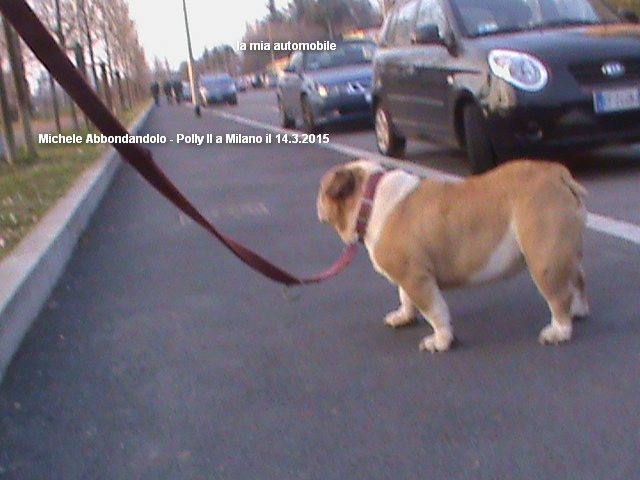
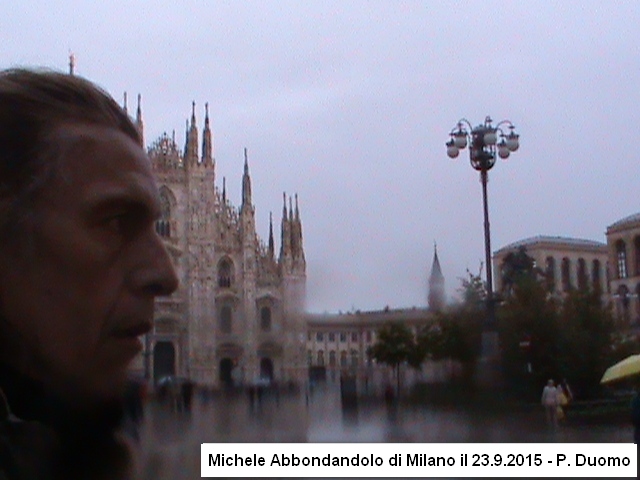
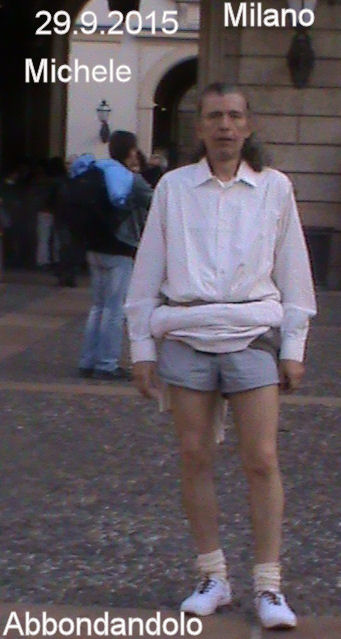




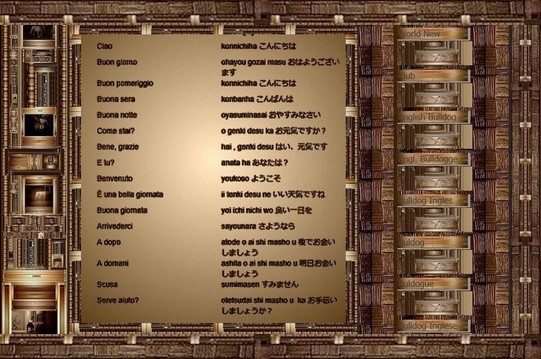

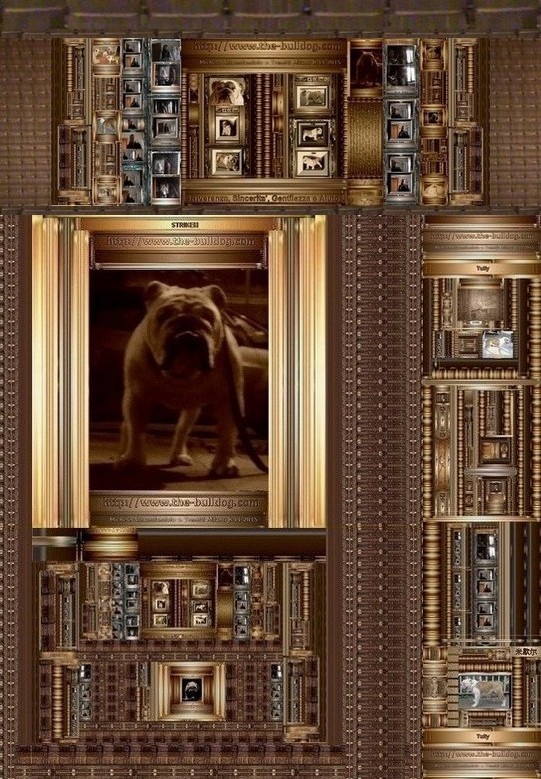
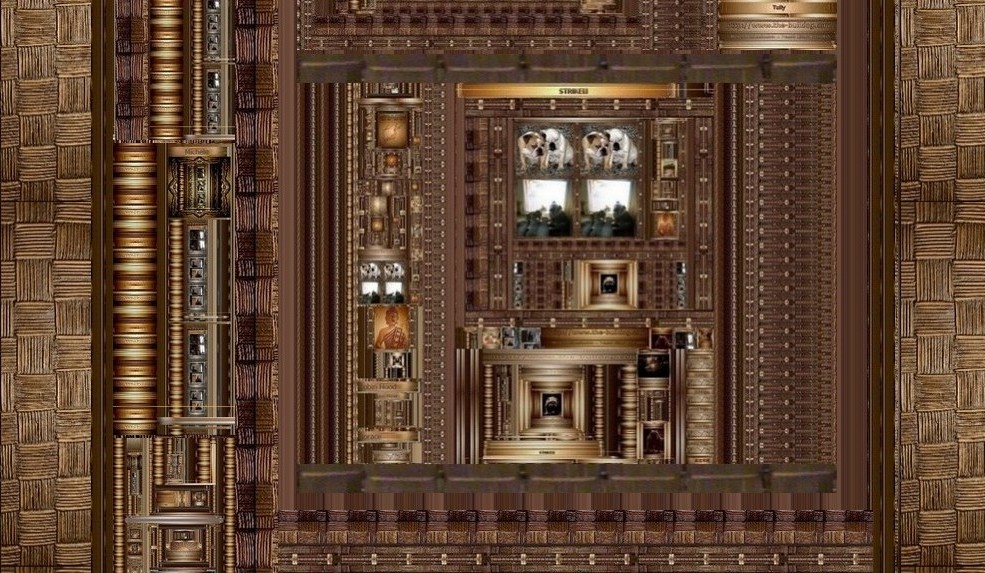
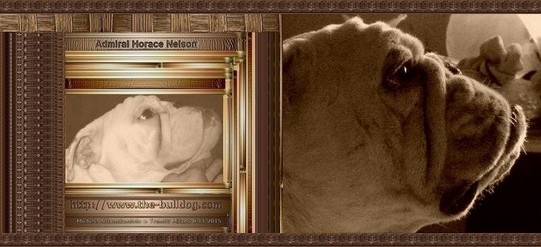
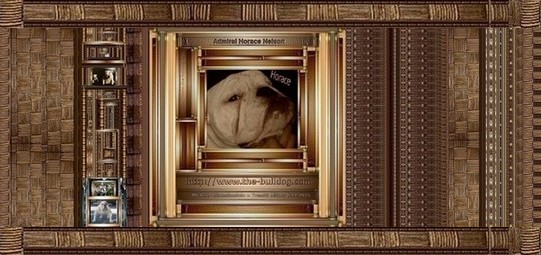
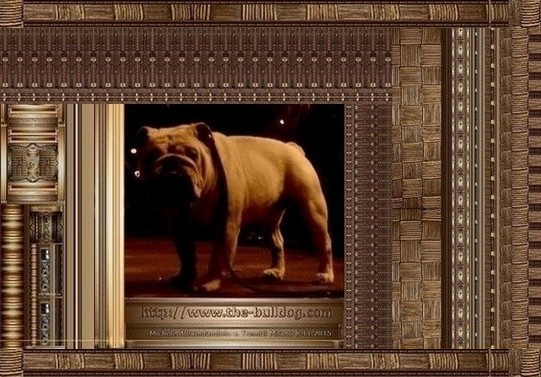
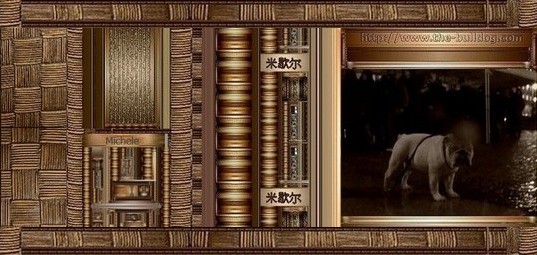
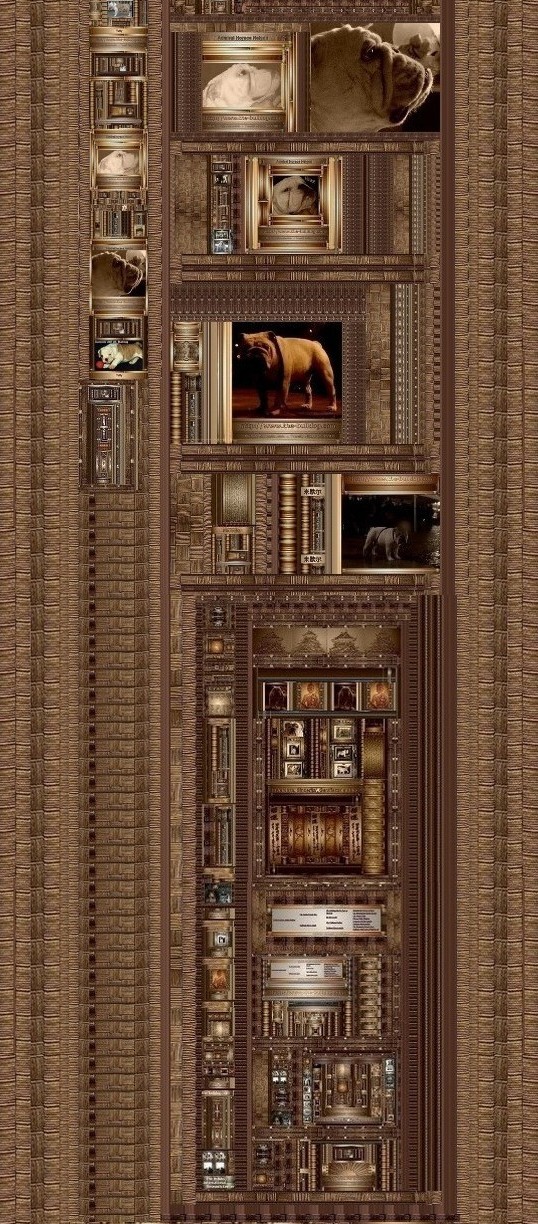

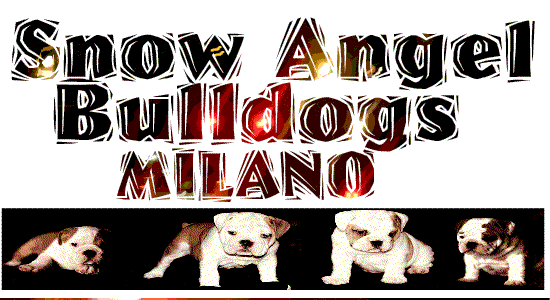
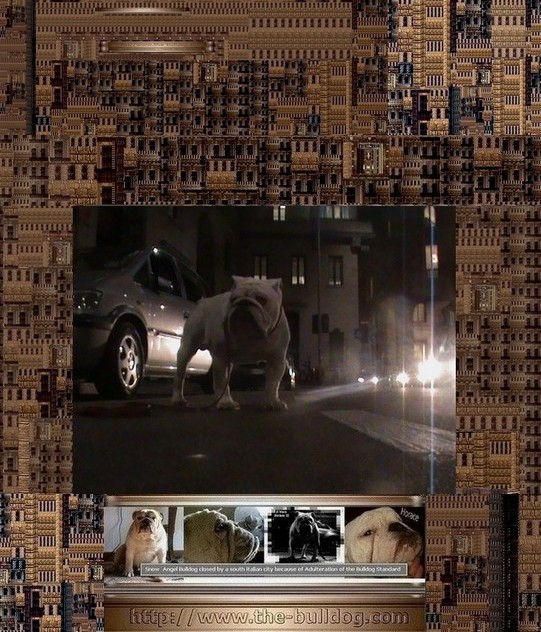
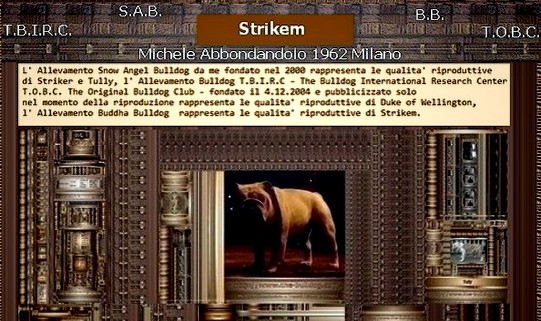 Happy Halleween 2023.
Happy Halleween 2023.
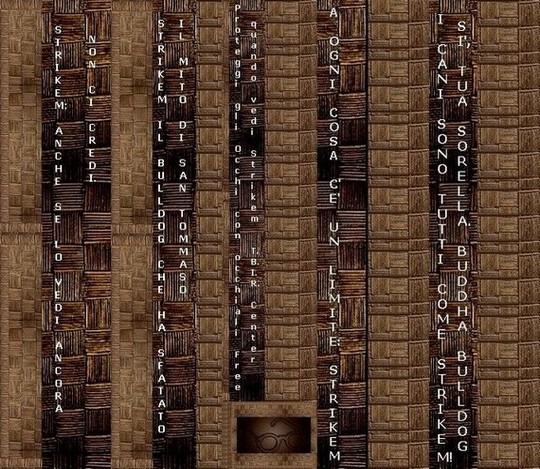

Webmaster Mike Va Ur, July 4, 1962.
- 2023 - Sept - 29.
-
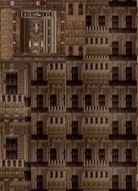
-


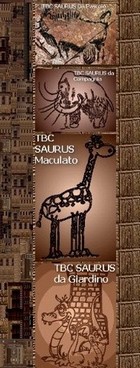
-
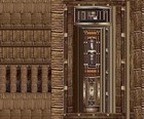


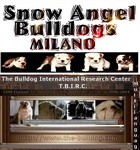 ___Homepage
___Homepage
 ___Languages
___Languages
 ___Mike Va Ur
___Mike Va Ur


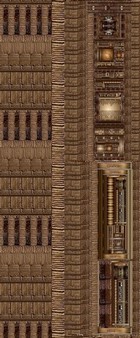

- Russian Borzoi
-

- Russian Dogs
-

-
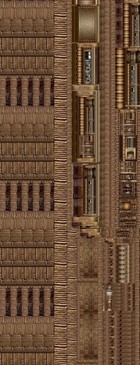


- Chinese Dogs
-

- Chinese Breeds
-

- Chinese Dog
-

- Chinese Dogs
-

- Chinese Breed
-
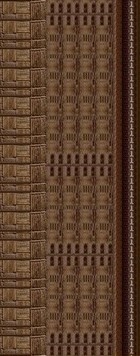
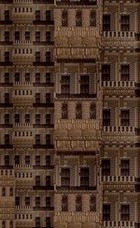
-

- China Dog
-

- Chinese Breedings
-

- China Dogs
-

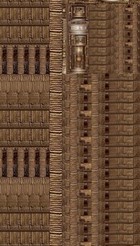
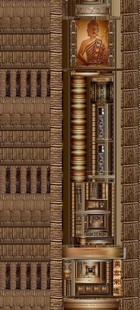
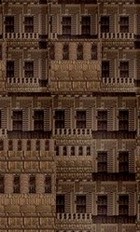
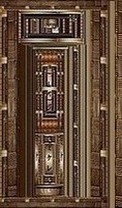
-

- Pug Dogs
-


-

- Breeds From China


-

- Chinese Breed
-

- Chinese Art
-
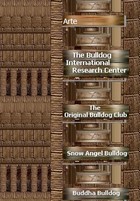
-

- Original Pug
-

- Guard Dogs
-

- Milano



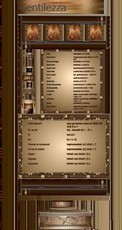
-




- British Bull

- World News
-

- Club


- Idioma
-

- English Bulldog
-

- Bulldog Ingles
-

- Buldog
-

- Buldogue
-

- Bulldog Inglese
-

- Bulldog Anglais
-

- ___Japam
-

- Abruzzo
-

- Basilicata
-

- Calabria
-

- Campania
-

- Friuli
-

- Emilia Romagna
-

- Lazio
-

- Liguria
-

- Lombardia
-

- Marche
-

- Molise
-

- Piemonte
-

- Puglia
-

- Sardegna
-

- Sicilia
-

- Toscana
-

- Trentino
-

- Umbria
-

- Veneto
-

- Val D'Aosta
-

-

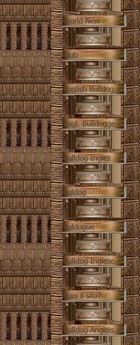
-

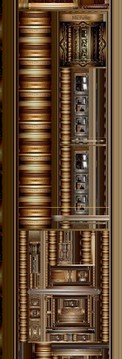
-

- Maculato
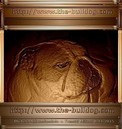
- __Killed by Law
-

- __Zed Garish
-

- the-bulldog.com
-


-
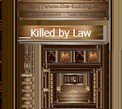
-

- Vuoi il sito?
-

- Robin Hood
-

- Strike
-

- Tully
-

- Jubilant
-

- Winston
-

- Little john
-

- Lord byron
-

- Polly

-
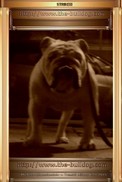
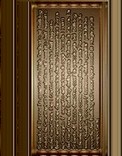
-
Mike Va
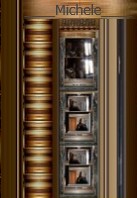
-

- ____Grafica

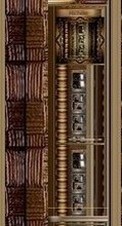 ____Html
____Html